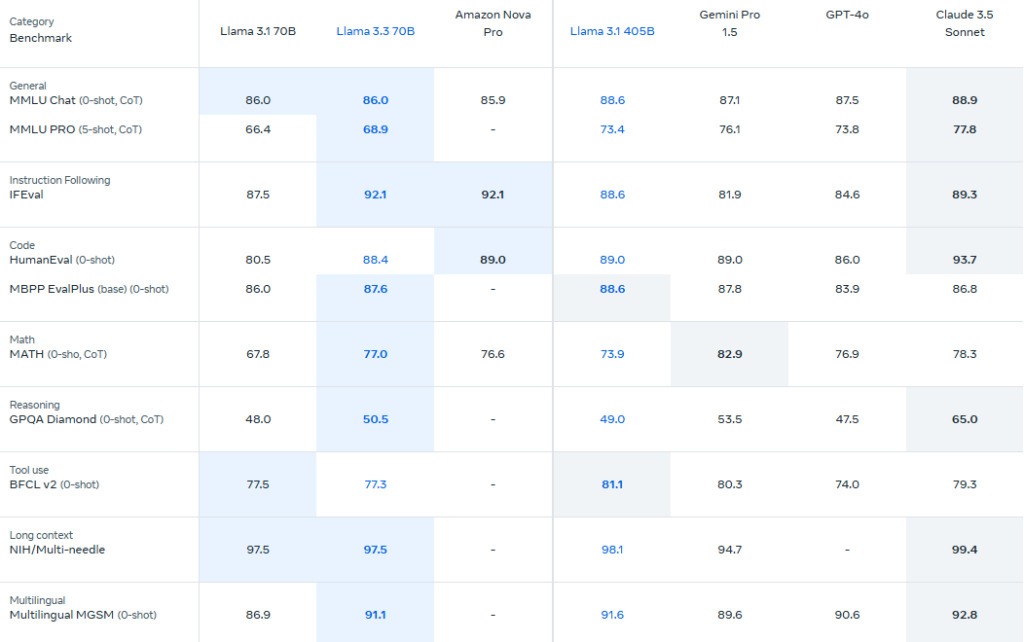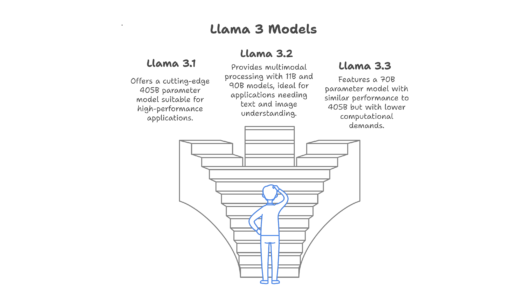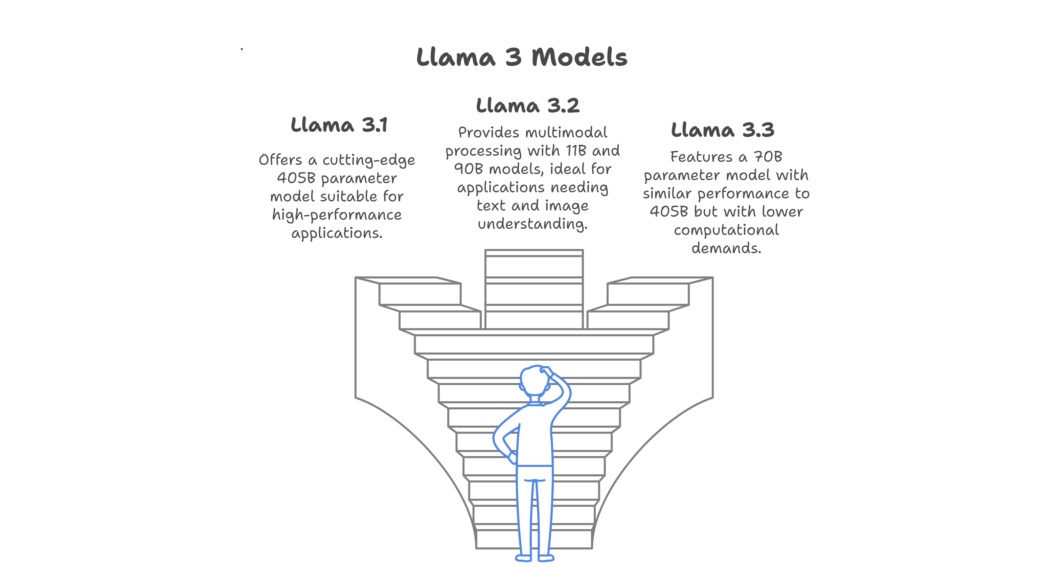TLDR: Meta’s Llama 3 is a collection of open-source AI language models, ranging from 8B to 405B parameters, designed for varied applications including multilingual tasks, coding, and reasoning. The models, such as Llama 3.1, 3.2, and 3.3, offer capabilities like multimodal processing, and some are optimized for edge use. Llama 3 is cost-effective, especially for SMBs, due to its open-source nature, and is available on various platforms. The upcoming Llama 4, anticipated in early 2025, is expected to bring even more power and enhanced capabilities.
Meta’s Llama 3 represents a major leap in open-source AI, offering a suite of versatile and powerful language models. This initiative aims to democratize AI, providing substantial benefits to small and medium-sized businesses (SMBs). Llama 3 isn’t a single model but a collection, each with unique features and capabilities. Its development focused on high-quality data, scaling, and complexity management.
- Llama 3 supports multilinguality, coding, reasoning, and tool use.
- Its open-source approach empowers the AI community and drives innovation.
Exploring Llama 3’s Diverse Models
The Llama 3 family includes models with 8B, 70B, and 405B parameters, suitable for various applications. These models are available in different versions, such as Llama 3.1, 3.2, and 3.3.
- Llama 3.1 introduced the 405B parameter model, a cutting-edge open AI model.
- Llama 3.2 added multimodal processing with 11B and 90B parameter models that can understand both text and images, as well as lightweight 1B and 3B parameter models for edge use.
- Llama 3.3 features a 70B parameter model that performs similarly to the 405B but with less computational demand.
- The Llama Stack simplifies deployment with standardized APIs.
- These models are available on platforms like AWS, Google Cloud, and Hugging Face.
Performance Benchmarks and Capabilities
Llama 3 demonstrates strong performance across various industry benchmarks:
- The 70B model achieved a score of 84.1 on the MMLU benchmark and 83.5 on commonsense reasoning.
- The 8B model showed high performance across different categories of benchmarks and outperformed competing models.
- The 405B parameter model is robust to prompt variations, answer order, and other changes.
- In multilingual tasks, Llama 3 supports multiple languages, with the 70B model scoring 91.1 on the Multilingual MGSM benchmark.
- The models also excel in long context tasks.
- Human evaluations show the 405B model is competitive with models like GPT-4.
- The Llama 3 70B offers performance comparable to the Amazon Nova Pro at a lower cost.

Llama 3 for Small and Medium Businesses
Llama 3’s open-source nature provides key benefits for SMBs:
- Cost-Effectiveness: Open-source access eliminates API call costs, crucial for budget-conscious SMBs.
- Customization: Models can be tailored to specific business needs.
- Customer Service: Create AI chatbots for 24/7 support.
- Content Creation: Generate marketing materials, blog posts, and product descriptions.
- Data Analysis: Quickly process data for actionable insights.
- Automation: Automate routine tasks to save time and resources.
Real-World Applications of Llama
Organizations are using Llama in diverse ways:
- WriteSea uses Llama to power an AI career coach.
- Nanome, uses Llama for molecular analysis, helping scientists with 3D structures.
- Other applications include customer support for the Cash App, and a chatbot for an intergovernmental body by Accenture.
The upcoming release of Llama 4 is anticipated to bring more power and enhanced capabilities in early 2025. This new iteration is expected to drive further innovation and accessibility in the AI market.
Sources: The Llama 3 Herd of Models Paper, Llama website.



















